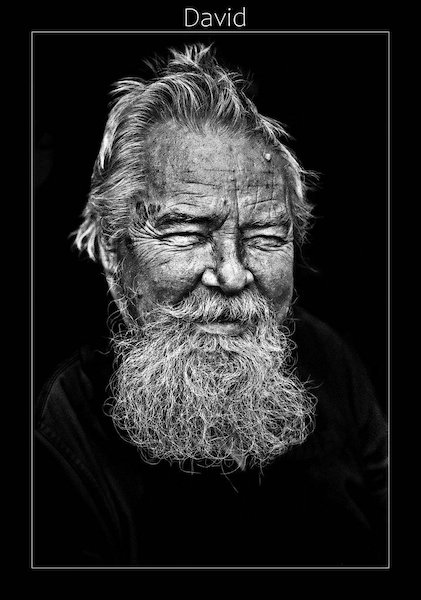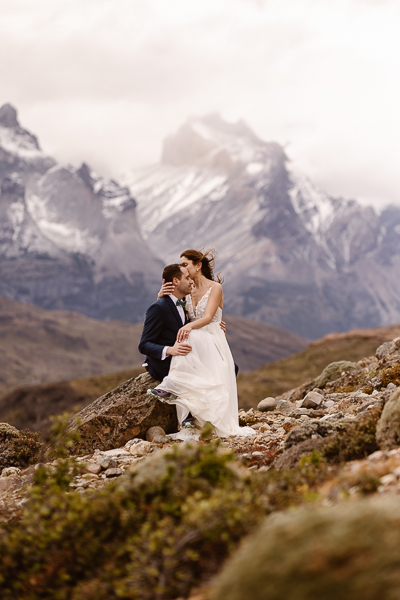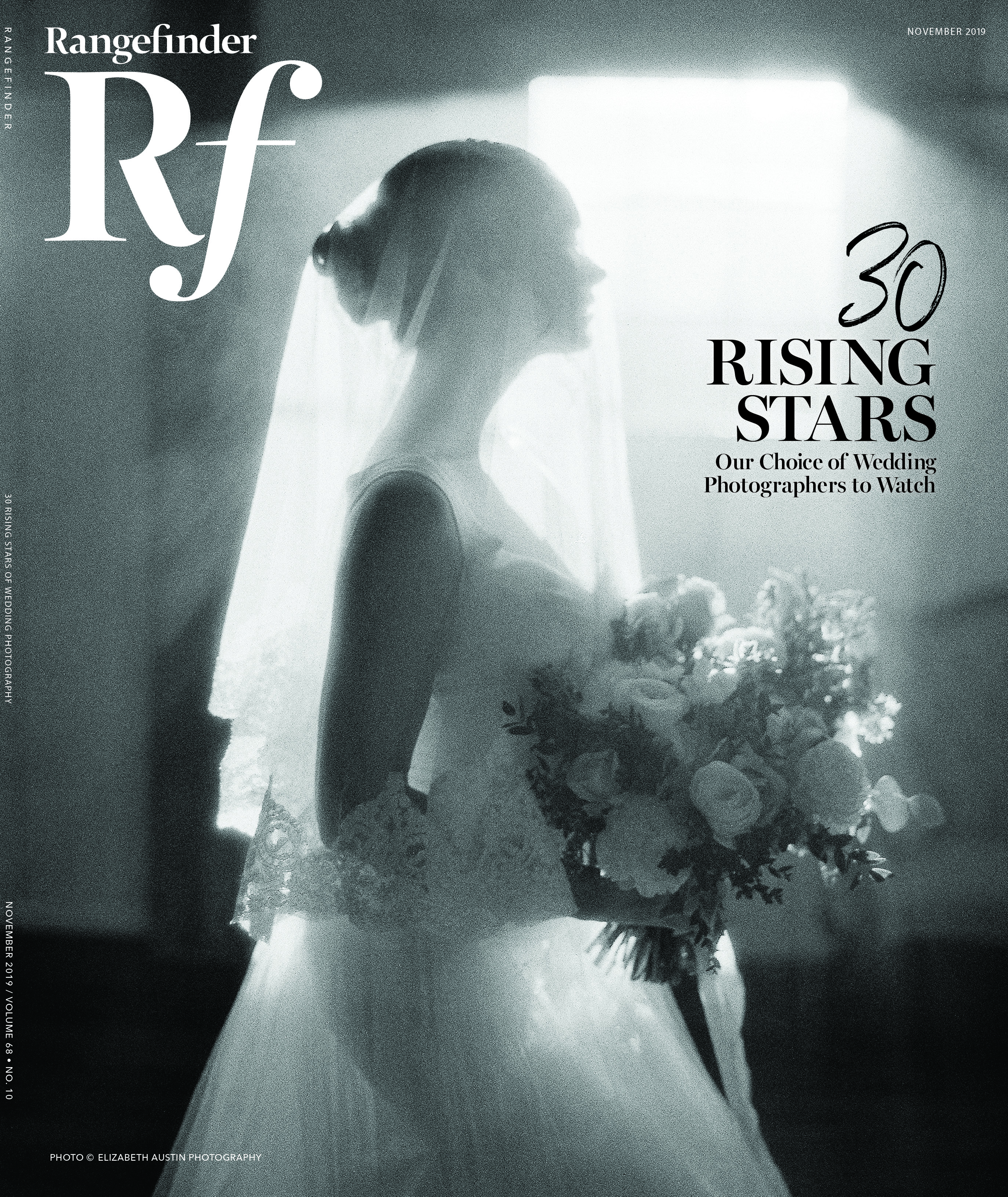The Archived Life of Don Hudson
October 21, 2014
You may remember Don Hudson from Rangefinder’s Photo Finish column in February of this year. A talented Detroit photographer, Hudson loves to speak to the world through his images, which were published in the book From the Archives in 2012 by Éditions FP&CF. Although he’s never made his living from photography (his career was in the offset printing world), it’s been his staunch personal pursuit for 40-plus years.
His work documents his Michigan surroundings, and as Hudson described it back in February: “From the very beginning of my coming-of-age photographically (about 1972), the core of my relationship with the camera has been one of respect for how it is able to transform the world I observe. This is fundamental to me, and I suppose others as well, and it imposes rules that I have always followed—no manipulation and no cropping.”
His Grand-prize image “Untitled” (seen in gallery) was shot in Belleville, Michigan, in 1981 with a Leica M2, a 35mm Summicron lens and Tri-X film. “I rated the Tri-X at 20 ASA and pulled the development a little,” he says. “That was my usual modus operandi at the time. Although I shot small format, I wanted to record as much information as possible.”
Hudson shot film for 35 years, until 2005 when he went digital. Recently, I sat down with him to talk more about his work.
David Carol: How do you feel about all the press you’ve been receiving lately?
Don Hudson: If by “lately” you mean in the last year and a half since the book came out, it’s been pretty darn nice. Though I have to say that after over 40 years in the game, I have a very long view of this popularity thing. One day you have five million views on your Flickr stream, and the next year it may be back to obscurity. It doesn’t change my own relationship to photography; I’ve always worked without ambition. Perhaps the most satisfying aspect of this increased awareness of my work is having the opportunity to share in the energy of this game we play with others whom I respect. And to have that respect reciprocated is most gratifying. The camaraderie that can develop among us is as important to me as the work itself.
DC: How did you decide which images to include here?
DH: I put up half from the last century and half recent stuff. And it was just images that interested me at the moment; I didn’t try to overthink it, as can often be my issue. I think they describe an ongoing fundamental three-way relationship I’ve had and continue to have with my camera, the cultural world before me and my personal reaction.
DC: What are your future plans?
DH: Get a website going, make prints and meet more comrades in the real world.
Related Links:
Aaron Ruell, Moving Beyond “The Napoleon Dynamite Guy”
Weird Sports: A New Book and Photo Essay by Sol Neelman
Introspection Imagined: Kyle Thompson’s Conceptual Surrealism




